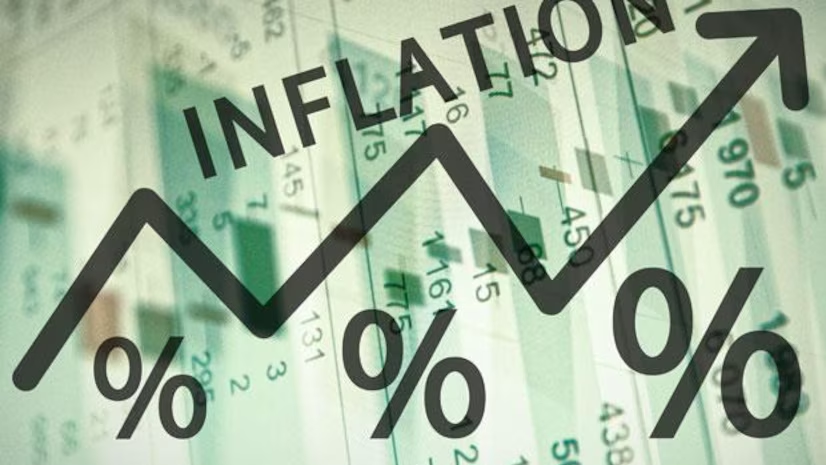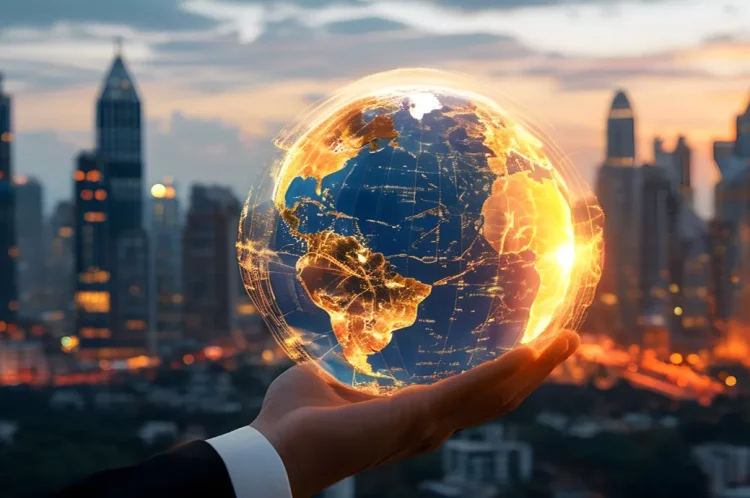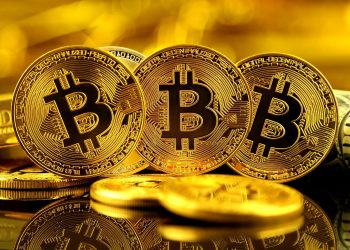Overview of the Current Inflation Trends Across Global Markets
Inflation has emerged as one of the defining economic trends of the past few years, capturing the attention of policymakers, businesses, and consumers alike. After a period of relative price stability in many global markets, inflation rates have surged to levels not seen in decades. From the United States to the European Union, Asia to Latin America, rising prices have become a pervasive issue, straining household budgets and prompting central banks to take decisive action. But is this inflationary environment a temporary blip, or are we entering a new era of persistently high prices?
The origins of the current inflationary pressures are multifaceted. The COVID-19 pandemic, with its widespread economic disruptions, led to supply chain disruptions, labor shortages, and increased demand for goods and services as economies reopened. These factors contributed to higher production costs and reduced supply, which in turn led to price hikes across a wide range of sectors, including food, energy, and housing.
Additionally, the unprecedented fiscal stimulus measures deployed by governments around the world, particularly in developed economies, pumped trillions of dollars into the global economy. While these measures were necessary to prevent economic collapse, they also contributed to demand-side inflationary pressures. Central banks, including the U.S. Federal Reserve and the European Central Bank (ECB), responded with ultra-low interest rates, further fueling demand for credit and increasing the money supply.
Geopolitical events, such as the war in Ukraine, have also exacerbated inflationary trends, particularly in energy prices. The war has disrupted global oil and gas supplies, driving up costs for consumers and businesses. Combined with supply chain bottlenecks, soaring energy prices have created a perfect storm for inflation, affecting everything from household utilities to transportation costs.
While these factors have created a confluence of inflationary pressures, there remains significant debate among economists and financial experts about the trajectory of inflation. Is the current wave of rising prices a temporary phenomenon, or is it the start of a longer-term trend? To answer this question, it’s essential to understand the various expert opinions and theories that shape our understanding of inflation.
Different Expert Opinions on Whether Inflation Is a Temporary Blip or a Long-Term Issue
1. The Transitory Inflation View
One camp of economists believes that the current inflationary surge is largely temporary and will subside once the underlying supply-side disruptions ease and demand returns to more sustainable levels. According to this view, the inflationary spike is a consequence of the unique circumstances of the past few years—pandemic-related shutdowns, labor shortages, and the sharp rebound in demand following lockdowns.
For example, many central banks initially characterized inflation as “transitory” during the early stages of the price surge. They argued that once supply chains normalized and pent-up demand was satisfied, inflation would naturally taper off. Proponents of this view argue that inflation is being driven by short-term factors such as energy price volatility and supply chain bottlenecks, and that once these issues are resolved, price pressures will ease.
Furthermore, they point to historical precedents of inflation surges during times of economic disruption that were followed by periods of stability. The high inflation of the 1970s, for example, was followed by a significant cooling in prices during the 1980s, as central banks tightened monetary policy and inflationary expectations were recalibrated.
2. The Structural Inflation View
On the other side of the debate, there are economists who argue that the current inflationary trend is not just a passing phase but rather a reflection of deeper, structural changes in the global economy. These experts argue that a confluence of long-term factors is at play, including demographic shifts, the de-globalization of trade, and the increasing cost of raw materials.
For instance, demographic trends in developed countries, such as aging populations and declining birth rates, could result in labor shortages and lower productivity growth, both of which are inflationary forces. As populations age, there is less of a workforce available to produce goods and services, which can lead to wage increases and higher production costs. These cost pressures, in turn, are passed on to consumers in the form of higher prices.
Additionally, the post-pandemic era has seen the beginning of a reversal in globalization, with countries and companies re-evaluating their reliance on international supply chains. The shift toward onshoring and regionalization of supply chains could lead to higher production costs, as companies may need to rely on more expensive local labor and materials. Combined with rising energy costs and the push for green technologies, these structural changes may create persistent inflationary pressures.
Advocates of this perspective also highlight the fact that central banks are unlikely to be able to combat these forces effectively, as monetary policy alone cannot address supply-side problems such as labor shortages and supply chain disruptions. In this view, inflation may not just be a temporary blip but a longer-term feature of the global economic landscape.
3. The “Stagflation” Scenario
A more cautious perspective on inflation comes from economists who warn that the global economy could enter a period of “stagflation,” a term used to describe a combination of high inflation and stagnant economic growth. Stagflation occurred in the 1970s, when oil price shocks, rising wages, and low productivity growth led to both inflation and slow economic expansion.
Stagflation is a particularly challenging environment for central banks, as it creates a dilemma between fighting inflation and supporting economic growth. If central banks raise interest rates aggressively to combat inflation, they could push economies into recession, reducing demand and leading to higher unemployment. On the other hand, if they keep interest rates low in an effort to stimulate growth, inflation could spiral out of control.
Some analysts believe that the global economy is currently at risk of stagflation, particularly if energy prices continue to rise and supply chain disruptions persist. The combination of inflationary pressures and potential economic slowdowns could create a difficult environment for policymakers and investors alike.
Analyzing the Potential Consequences of Prolonged Inflation for Investors and Consumers
The implications of prolonged inflation are far-reaching, with both investors and consumers facing significant challenges in a high-inflation environment.

For Consumers
For consumers, the most immediate impact of rising inflation is higher living costs. As prices for essential goods such as food, energy, and housing increase, household budgets are stretched thin. Consumers may be forced to make difficult choices, cutting back on discretionary spending or seeking ways to economize on essentials.
Additionally, wages may not keep pace with inflation, leading to a decline in real purchasing power. This can result in a reduced standard of living for many households, particularly those in lower-income brackets who are most vulnerable to price increases.
In response to inflation, consumers may also begin to shift their purchasing behavior, opting for cheaper alternatives or reducing consumption altogether. This could lead to changes in demand patterns, with some industries benefiting from higher demand for discount products and services, while others may suffer as consumers cut back on non-essential spending.
For Investors
For investors, prolonged inflation can present both risks and opportunities. On the one hand, rising inflation erodes the purchasing power of fixed-income investments, such as bonds. As interest rates rise in response to inflation, the value of existing bonds may decline, particularly those with long maturities.
Equity investors also face challenges in a high-inflation environment, as rising input costs can squeeze corporate profit margins. This is especially true for companies that rely heavily on raw materials or labor, as they may struggle to pass on higher costs to consumers without losing market share. However, certain sectors, such as energy, commodities, and real estate, may benefit from inflationary pressures, as the prices of their products and assets rise in response to increasing demand and limited supply.
Inflation can also impact currency markets, as central banks may raise interest rates to combat rising prices. Higher interest rates tend to strengthen a currency, which can create volatility in foreign exchange markets and affect multinational companies that do business overseas.
In addition to traditional asset classes, some investors may turn to alternative investments, such as gold, cryptocurrencies, or inflation-linked bonds, as a hedge against inflation. These assets tend to perform well in inflationary environments, as they preserve value in the face of rising prices.
Alternative Economic Theories on Inflation and Its Impact
In addition to the mainstream economic theories on inflation, there are alternative approaches that offer different perspectives on the causes and consequences of rising prices. These include:
1. Monetary Theory
Monetary theorists argue that inflation is primarily a result of excessive money supply growth. According to this view, when central banks inject too much money into the economy, it leads to an increase in demand that outstrips supply, driving prices higher. This theory places significant emphasis on the role of central banks in controlling inflation through monetary policy.
2. Cost-Push Inflation Theory
Cost-push inflation occurs when the cost of production rises, leading businesses to pass those costs on to consumers in the form of higher prices. This theory highlights the role of supply-side factors, such as rising labor costs, energy prices, and raw material shortages, in driving inflation.
3. Expectations Theory
According to expectations theory, inflation is driven by people’s expectations of future price increases. If consumers and businesses expect prices to rise, they may adjust their behavior accordingly—demanding higher wages, increasing prices, or investing in inflation-hedging assets. This can create a self-fulfilling cycle of rising prices and inflation.
Conclusion
The future of inflation remains uncertain, with economists offering a wide range of perspectives on whether the current surge in prices is a temporary blip or a sign of more prolonged inflationary pressures. While some argue that inflation will ease as supply chains recover and demand normalizes, others believe that structural changes in the global economy may keep inflation elevated for the long
term. Regardless of the outcome, both consumers and investors will need to adapt to the changing economic landscape and consider the impact of rising prices on their financial decisions.




































